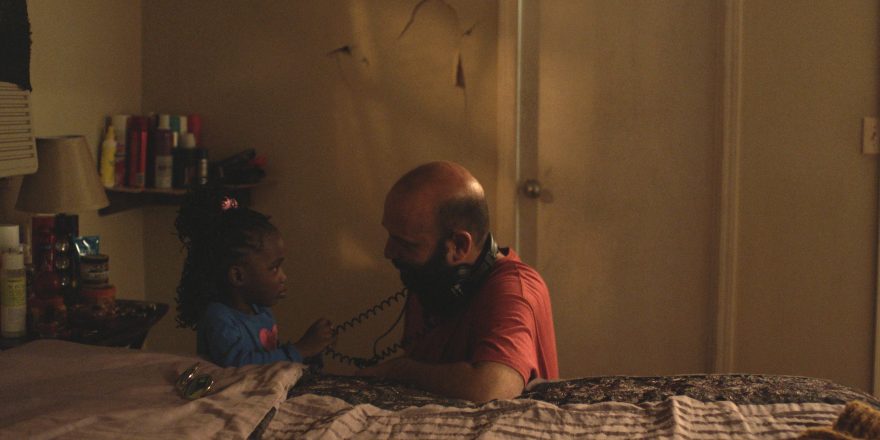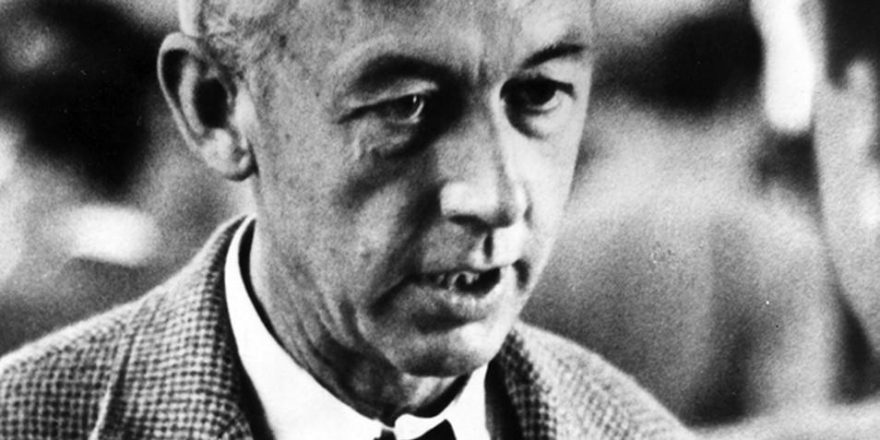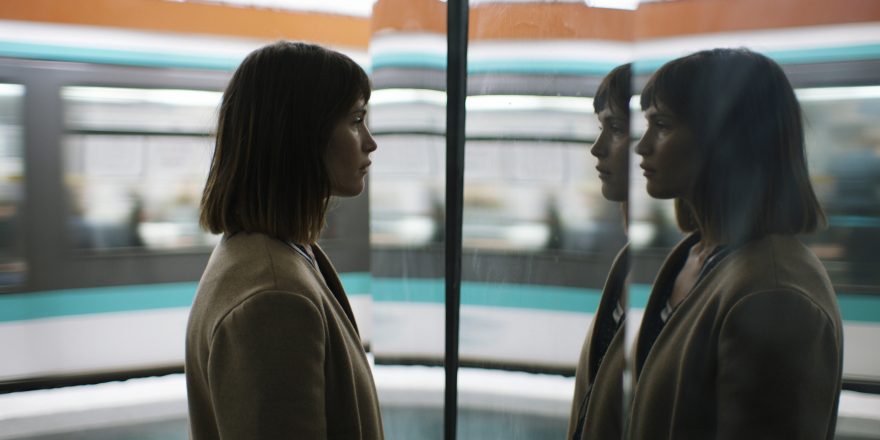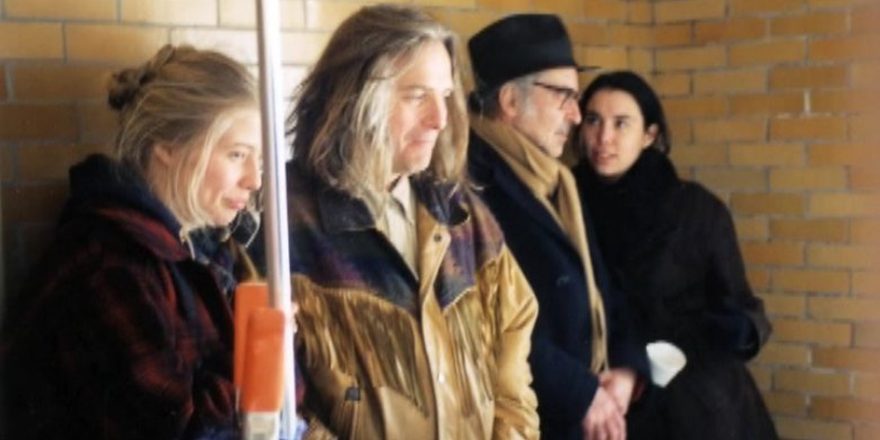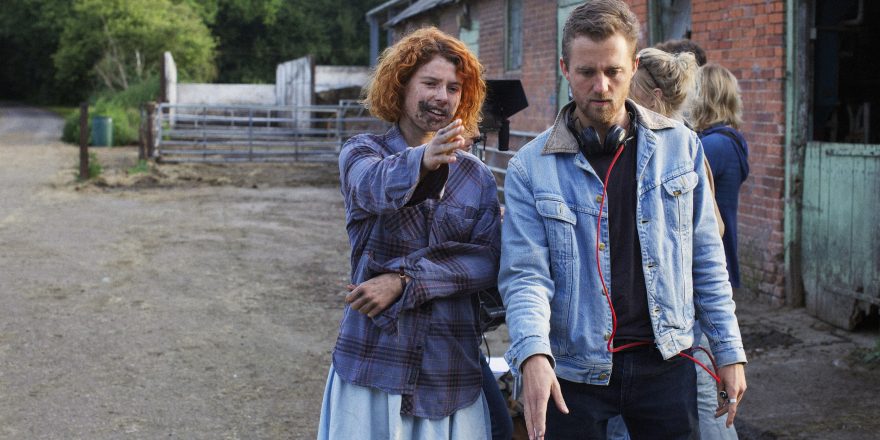As a filmmaker who works with non-actors, Robert Bresson’s Notes on the Cinematographer has been a bible for me, a sometimes inscrutable book which mostly pierces through with glimmering clarity. Neorealist filmmakers worked with non-professional actors before Bresson, but he was the director with the virtuous skill to define with words what he was searching for from his performers, and in that way he offered a light for later generations. I was touched by the performance of the non-professional leads in Bresson’s films Mouchette, Au Hasard Balthazar and A Man Escaped, and by the quest for an unassailable, hidden inner truth in the struggles of those characters. Bresson said that his actors “must be within themselves, their soul, and body inimitable,” and that a non-professional actor, “in spite of himself and you, frees the real man from the fiction man you had imagined.”
I have held these two ideas holy during the course of my two films. In my first feature, Aquí y Allá, I cast the film locally on location in Copanatoyac, Mexico, home of the main character, Pedro de los Santos. The main reason was a simple one: if I was trying to discover any truth, the only way was to follow the path of those who knew the real Pedro, and could thus free him from the imagined fiction. I would have to listen, and let the actors be. There was a simple story, but what was important was to create a true fiction together with my non-professional actors.
With our actors, we worked mostly though improvisation. After a problematic start to production, we abandoned the script, unless it was a dramatic and key moment, embracing improvisation to try and find the inner truth. Aquí y Allá has a particular scene that I cherish dearly, in which Pedro plays the guitar and sings a song for the family. They are initially resistant and sarcastically make fun of him, but he persists and eventually wins them over, making them laugh and wonder. It is the longest shot of the film, and the moment in which his dreams are taking flight for the first time. The whole family is together for a few seconds in that scene, as if there were no other elements in the world.
I didn’t write that scene. And I directed it by telling all the actors, “Do whatever you want.”
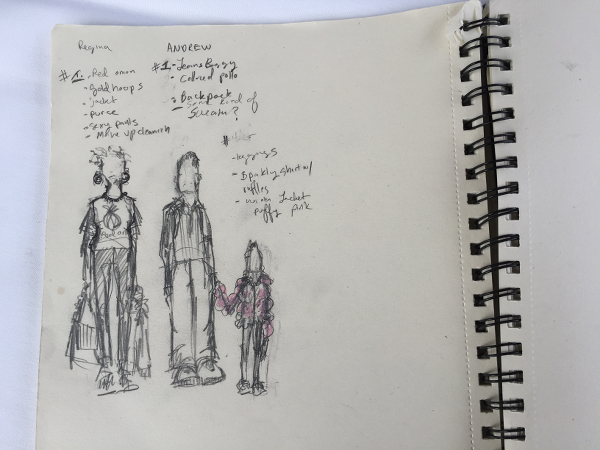
Without any preparation, they transformed into those characters. Inadvertently, seemingly without much effort, they spent the next 30 or 40 minutes enjoying each other’s company, as the night was closing in on the playful, empty hours after dinner, the time that can be most meaningful.
A beautiful scene unfolded in which all were playing their part. The fictitious characters emerged invisibly. If the film has a gracious moment that pierces through, it happens there. The great Portuguese director Miguel Gomes says that filming is like hunting: you lay low, you hide, and you wait, aiming, ready to fire. You must be ready, because the moment may flee quickly.
Over the period of the month we had been shooting, the actors had developed a trust and a confidence, meaning they could try things, they could just be. And one of the main reasons the scene never wavered is that by then all of them had become performers, actors. They enjoyed playing.
Five years later, I made a second film, Life and Nothing More. This time, I shot it in the U.S., in a place I’d been living for years. That gave me more time to distill the experience I was trying to capture. Bresson says, “Let each image, each sound, exert its weight, not only upon your film and your models, but upon you.” That was the key over the long, two-year development of the film, during which we searched for actors and looked for the story. Those years moved me, changed me, and the film is the personal response of all involved.
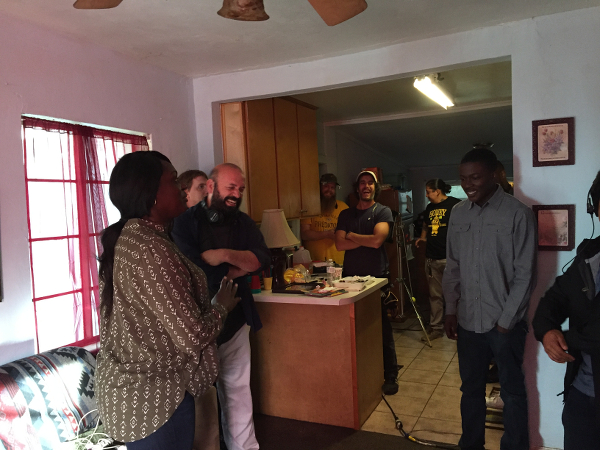
We created characters, shot as much as possible in chronological order, and with the skeleton of a story the actors never knew, we advanced, heading in all possible directions. This time, to my surprise, the actors embraced dialogue, and dialogue became what it is in drama: action. The cast, all first-time actors, fenced with words, witty, truthful and honest to themselves and these new characters that they were becoming. Again, they surpassed all my limited imagination and created a new reality. We built props, scenarios, and living quarters together, we kept the “fictional” characters close to them, and we lived for two months in the shoes of the characters. In many scenes, they perform small miracles, where all my expectations, words on paper and feverish dreams ceased to be just pale representations of reality. They accomplished that impossible leap. They became what I could never imagine, and were true.
There was a particular scene where the lead actor, Andrew Bleechington – who plays a struggling teenager – comes back from school, after hearing the news that his mother is expecting a new child. Already burdened with the care of his little sister, and with some anger towards his mother’s new boyfriend, he lashes out at her. When discussing the scene, Andrew asked me privately, “Why would I be angry? I would be happy if I was getting a baby brother or sister.” After we discussed why his character might not be happy, he went outside. The shot was set up so he would enter the house, leave the frame, and then re-enter the frame to confront his mother. He had a terrible line, “You gonna keep it?” I was unsure, just before we went for the first take, because Andrew had shown some doubt. I whispered “Action,” and after a bit, he stormed in, went to his bedroom visibly upset, and when he came back, was ready to confront his mother. There was clear hatred on his face. When he confronted the mother and boyfriend, they were so surprised and uncomfortable, so not ready for the scene, that both actors – Regina Williams and Robert Williams – started laughing. We had to do another take, but Andrew had become a wonderfully committed actor, and he kept the same focus for a number of takes.
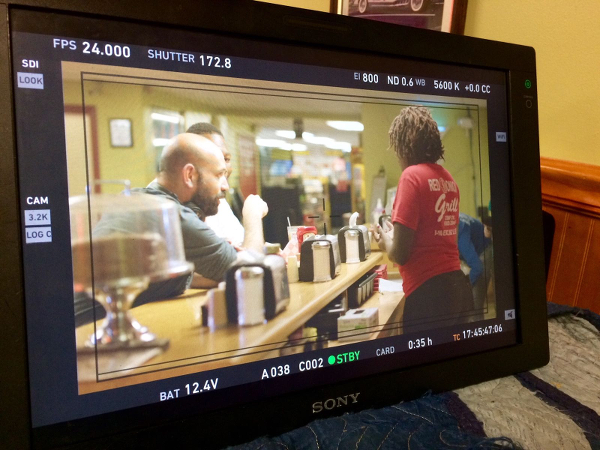
Near the end of the film, Regina’s character loses everything and takes it hard. We shot over 20 takes in a large freezer at the truck stop restaurant where her character works. Her character had been so resilient through the film; this was her moment of utter defeat. Her soul should crumble. She understood it much better than me. After 26 takes, we had to move on to the next scene, and although I whispered confidently, “That’s great,” we both knew we hadn’t got what we needed. We were setting up a shot outside for another scene, and Regina tugged my T-shirt. “I’m ready now.” We ran with the camera, back to the freezer, and Regina crumbled in front of the lens.
These first-time actors had became giants. They guided, spearheaded and fleshed out the film, and in the process became wonderful actors. I was lost throughout the journey, and we found our way home together.
All images courtesy of Antonio Méndez Esparza.


